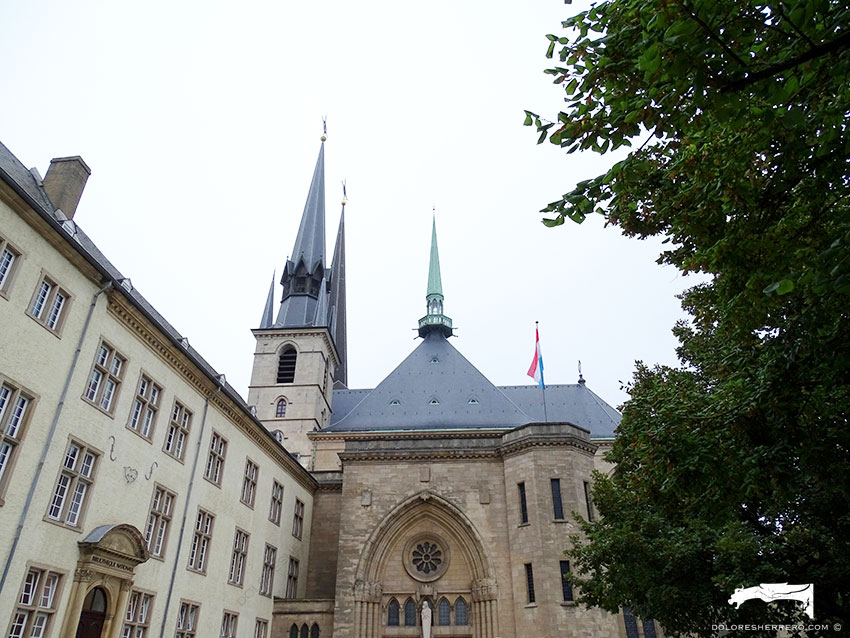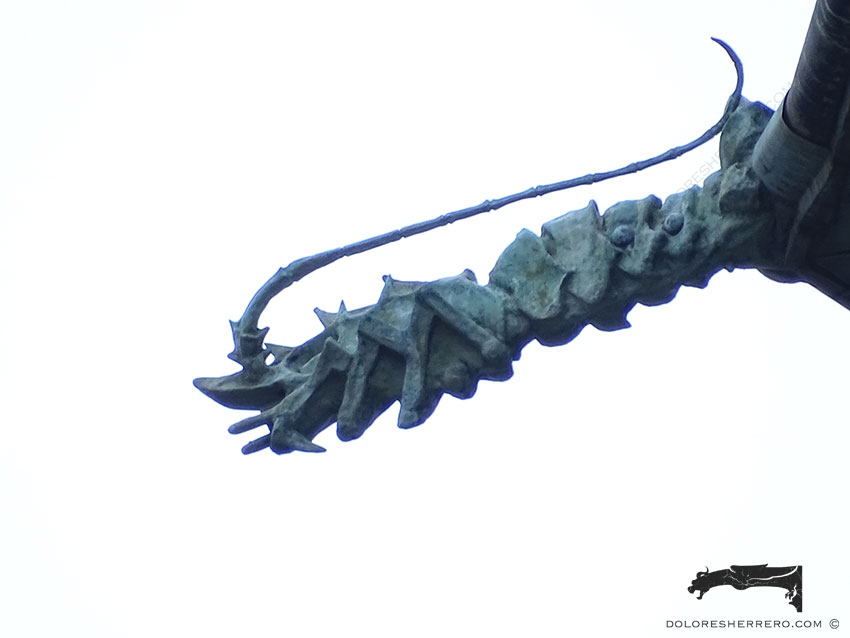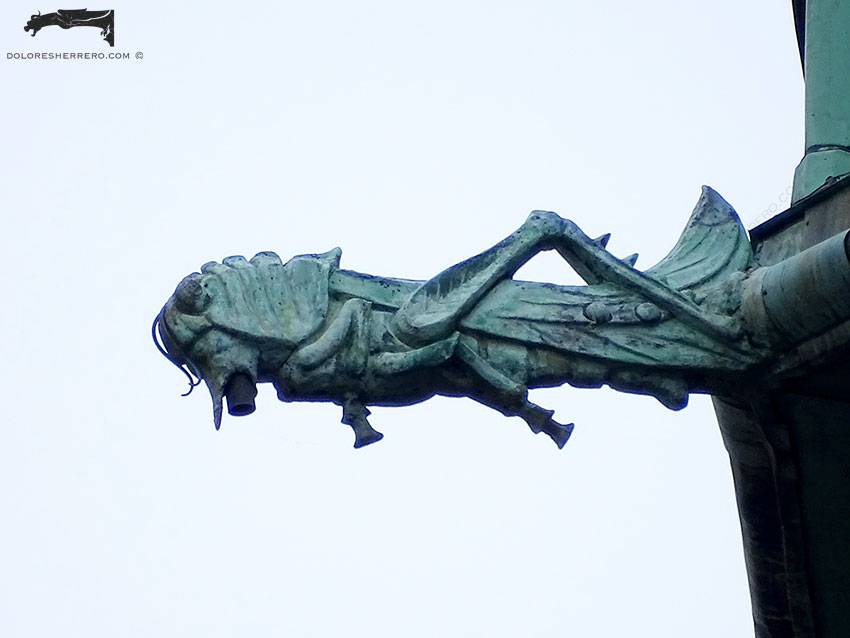In this post we return to Luxembourg to admire the gargoyles on the church regarded as the most important in the country, the Cathedral of Notre-Dame.
Standing adjacent to the National Library, the church was built by Jesuits between 1613 and 1621, and its architecture is a blend of styles: Gothic, Renaissance, Baroque, Neo-Gothic. In 1870 it was elevated to the category of cathedral by Pope Pius IX, and extended from 1935 to 1938.
Its beautiful architecture features a set of slender spires. And it’s precisely underneath the octagonal balustrade of one of its three tall, thin pinnacles where you can see the eight astonishing metal gargoyles with their amazing iconography, which I’m going to show you.
- Catedral de Luxemburgo
Gargoyles
In previous posts we’ve discussed the depiction of unusual animals in gargoyles, animals you don’t often see portrayed and with a fascinating symbolic meaning. This cathedral is outstanding in this aspect, as in only eight gargoyles you can find some extraordinary animals.
The first gargoyle is a seahorse, an animal we talked about some time ago. However, let’s remember that in his research, Kappler says that in the Greek and Roman world, the seahorse was considered to be a guardian spirit and guide for the dead. They are animals connected to water, just like mermaids, who, according to Brunetto Latini (a 13th century philosopher) are “meretrices” (a meretrix was a registered prostitute in ancient Rome), malevolent beings “who dwelt in the water because lechery was born out of moisture”.
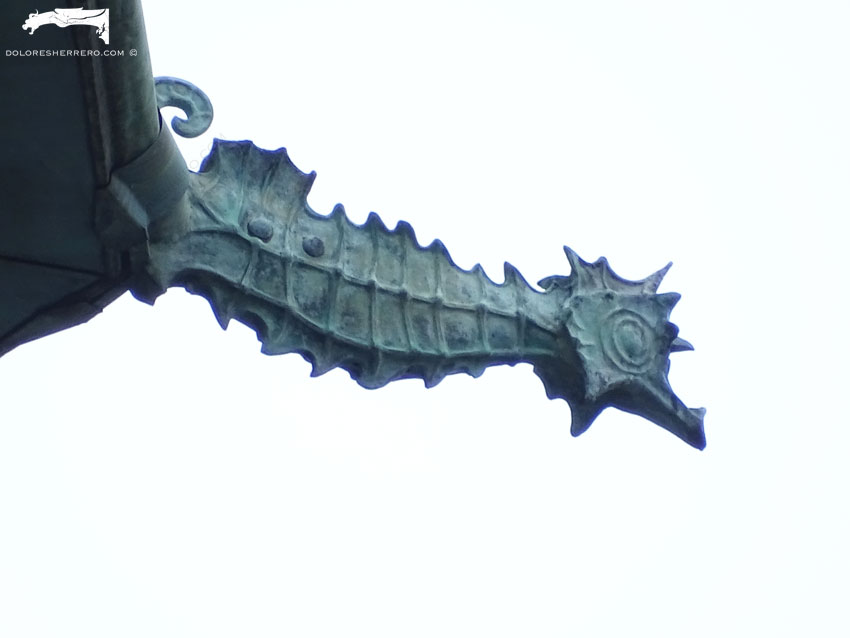
The next one is a bird from the parrot family. We also discussed the parrot and parakeet in one of the posts about unusual animals. As we saw back then, they are both under the control of Mercury, the planet of messengers, intellectuals and writers. In Emblemas Morales (Moral Emblems) by Covarrubias (1610), the parakeet symbolises the chatterbox. On the parrot, Aristotle (4th century BC) has this to say: “For such too, is the Indian bird, the parrot, that is said to be human-tongued. And it becomes even more outrageous, if that is possible, after drinking wine”. Other authors have also referred to this animal, such as Saint Isidore (6th-7th centuries), Pliny the Elder (1st century) and Aelianus (2nd-3rd centuries). The Tuscan Bestiary (13th century) regards it as a symbol of Christ because it is a unique animal and the cleanest bird that can be found, just like Jesus Christ who is unique and conceived without original sin.
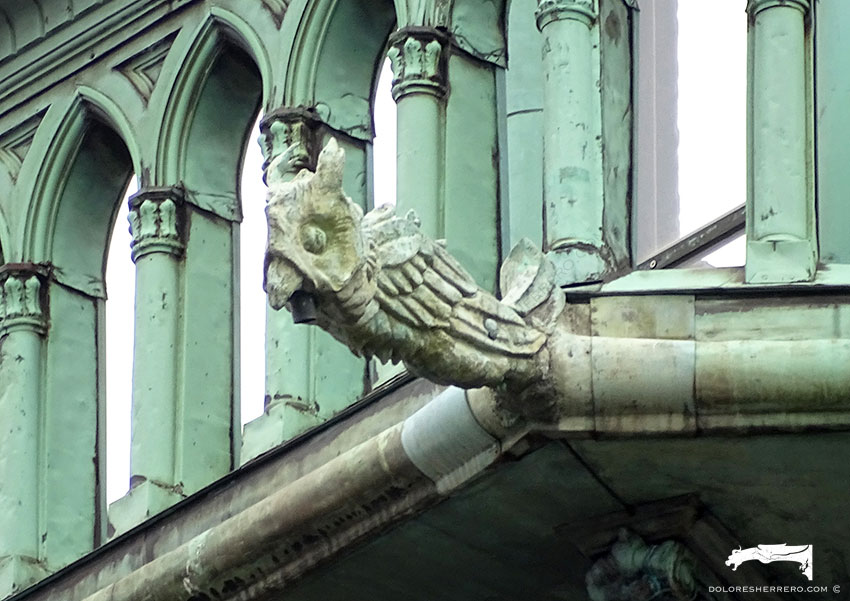
Two of the gargoyles are very atypical and surprising. They are, in fact, two insects, one of which has long antennae on its head. The other is a locust or grasshopper. History tells us that the locust has always been the image of devastation and death. In the Bible it appears in the cursed plagues. For Christian symbolism, it’s the emblem of destructive demons, also identified with heretics. In the Old Testament it was used as a symbol of smallness. Before God, man is as small as a locust: “It is he who sits above the circle of the earth, and its inhabitants are like grasshoppers” (Is. 40, 22). In Revelations the story is told of the attack of the locusts on men who do not have the seal of God, with the power to torment them for five months but not kill them (Rev. 9, 4), so these little creatures could represent the spiritual torments inflicted by demons. During the Middle Ages, this small animal was one of the manifestations of evil, and this meant it was driven out using spells.
- Catedral de Luxemburgo
- Catedral de Luxemburgo
Another animal depicted is a chameleon. It was said that this strange reptile was under the influence of Mercury. Alciato (16th century), in his Emblem 53, turns it into a symbol of the flatterer because of its ability to change colour according to circumstances. Pliny says it’s the only animal that feeds on air, neither eating nor drinking. This strange belief also appears in some bestiaries (Catalan Bestiaries, Tuscan Bestiary). This is why artists chose it as the portrayal of the element of air personified. Because it doesn’t walk on legs like perfect terrestrial animals, Leviticus considers it to be an impure animal (Lv. 11, 30).
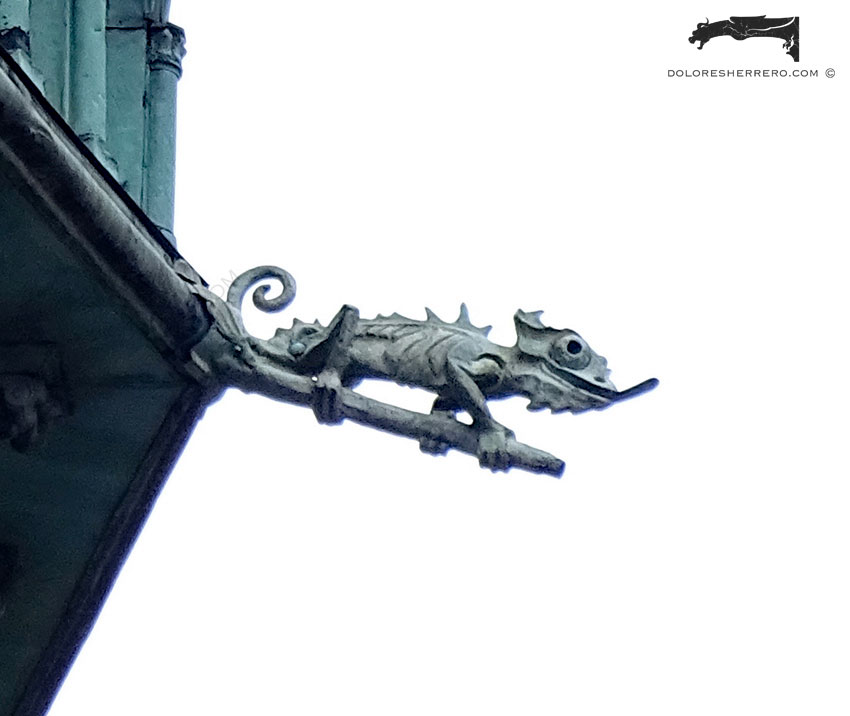
The last unusual animal in the set is a winged fish. Although these fins or wings associate it with a flying fish, already discussed by Aelian, it looks more like the deep sea devil fish, also known as the black sea devil, which has a monstrous appearance.
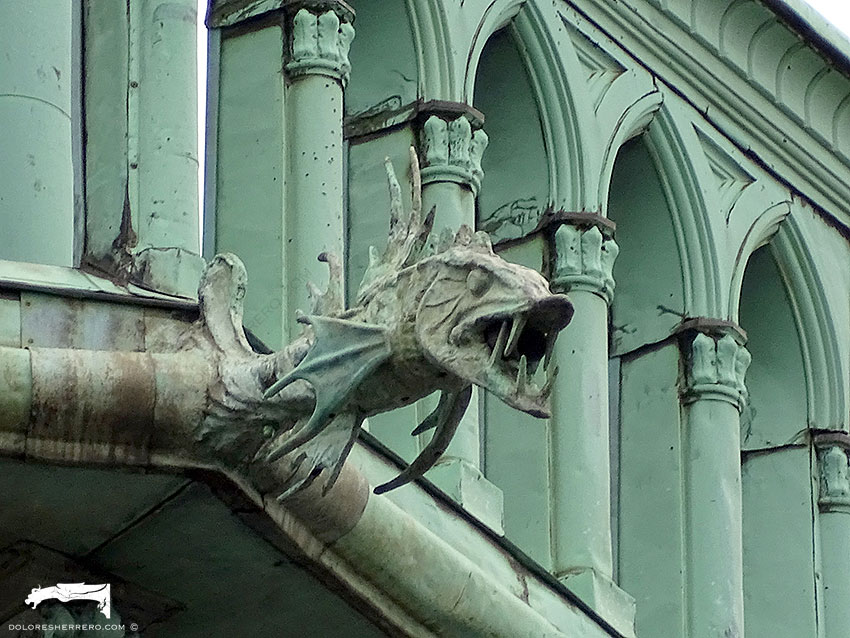
The penultimate gargoyle is the figure of a dog, a recurring animal in gargoyles, as we already know. Although its positive side is the image of protection and loyalty, in this case it’s depicted as being aggressive, with large canine teeth, a protruding tongue and showing its genitals, an image more akin to the negative symbolism of dogs (demon, lust, etc.).
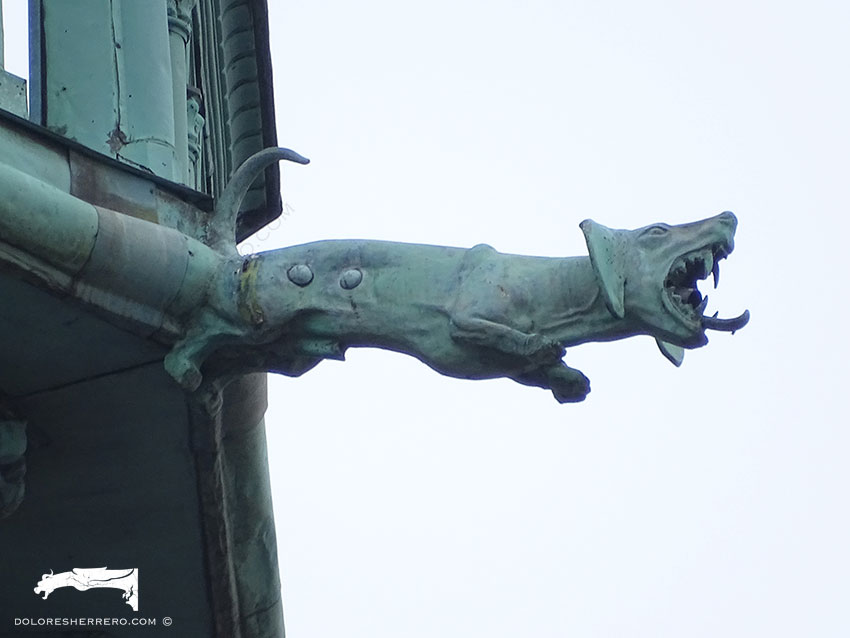
Lastly, there is a peculiar demon with a terrifying appearance, with a triple pointed chin, front horn, large ears and ghostly looking eye sockets, plus a tail poking out.

A demon and an extraordinary bestiary make up this fantastic set of gargoyles. The magnificent workmanship and the originality of their iconography make these gargoyles an example of beauty and fascination in art.
Bibliography consulted
CHARBONNEAU-LASSAY, L., El bestiario de Cristo. El simbolismo animal en la Antigüedad y la Edad Media, vols. I y II, Palma de Mallorca, José J. de Olañeta, Editor, 1997.
KAPPLER, C., Monstruos, demonios y maravillas a fines de la Edad Media, Madrid, Ediciones Akal, S. A., 1986.
MARIÑO FERRO, X. R., El simbolismo animal. Creencias y significados en la cultura occidental, Madrid, Ediciones Encuentro, 1996.

Doctor of Art History and researcher specializing in the study of gargoyles.
I am Dolores Herrero Ferrio, and my thesis, “An Approach to the Study of Gargoyles of Gothic Cathedrals in Castilla and León”, is dedicated to the study of these fascinating figures.
If you like gargoyles and art history, you will also enjoy my book, “The Gargoyle and Its Iconography,” a book I have written with great care for those interested in the world of gargoyles.
I have created my own Encyclopedia of Gargoyles, a Gargopedia to share with you, where you will discover all the secrets and wonders of these enigmatic sculptures.
I hope you enjoy this Gargopedia as much as I have enjoyed creating it, and remember that each gargoyle has a story to tell, and here you will discover them all.
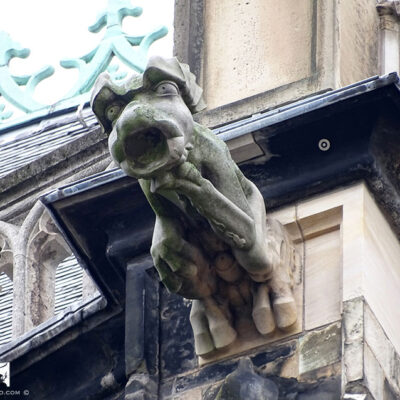 The Amazing Gargoyles of Aachen Cathedral
The Amazing Gargoyles of Aachen Cathedral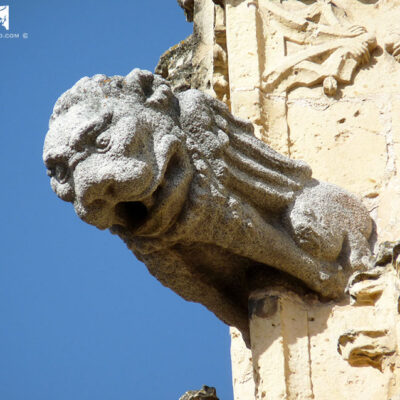 The Exceptional Gargoyles of the Segovia Cathedral
The Exceptional Gargoyles of the Segovia Cathedral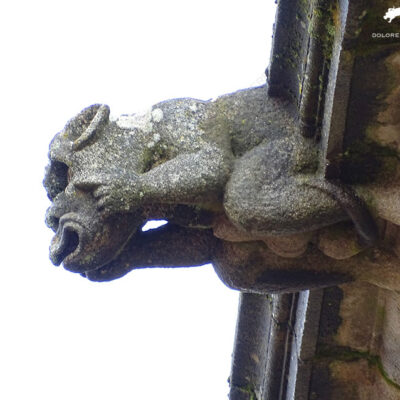 The Gargoyles of Santiago de Compostela and their Fantastic Iconography: Part Two
The Gargoyles of Santiago de Compostela and their Fantastic Iconography: Part Two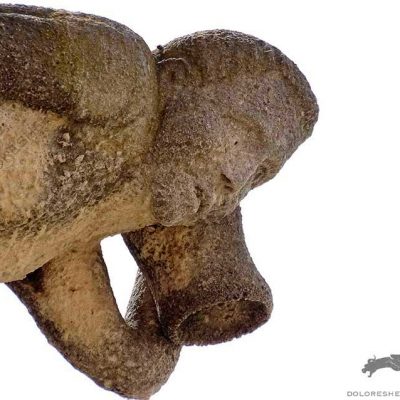 Gargoyles Looking out to Sea
Gargoyles Looking out to Sea The Gargoyles of Valencia Cathedral
The Gargoyles of Valencia Cathedral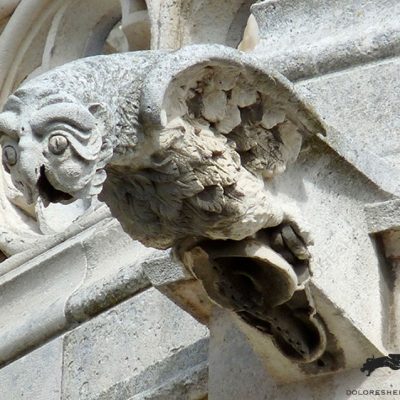 Gargoyles and Unusual Animals: Part One
Gargoyles and Unusual Animals: Part One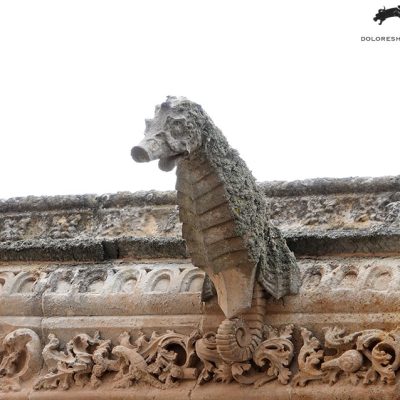 Gargoyles and Unusual Animals: Part Two
Gargoyles and Unusual Animals: Part Two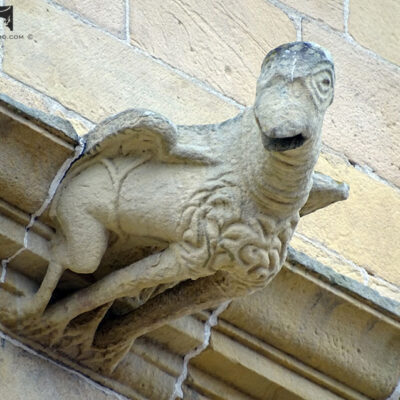 Gargoyles in the Basque Country
Gargoyles in the Basque Country